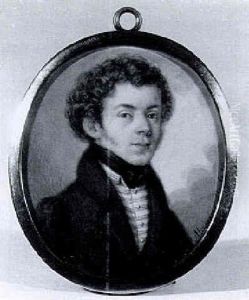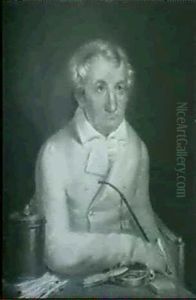Franz Maschek Paintings
Franz Maschek was an Austrian artist, born in 1900 and passing away in 1979. His life spanned a significant period of the 20th century, witnessing two World Wars, the interwar period, and the post-war era, all of which influenced his work and the evolution of European art. Maschek's artistic journey began in the early 1920s, a time when Europe was recovering from the devastation of World War I and art movements such as Expressionism, Dada, and Surrealism were emerging.
Maschek initially trained in traditional painting techniques but was quickly drawn to the modernist movements that were challenging the status quo in the art world. His early work exhibited a strong expressionist influence, with bold colors and dynamic compositions that sought to convey emotional experiences rather than realistic depictions. Throughout the 1930s and 1940s, his style evolved, reflecting the turmoil and anxiety of the era, especially evident during the Nazi occupation of Austria. Despite the oppressive atmosphere, Maschek continued to produce work, although he was forced to adapt his themes and stylistic choices to the constraints imposed by the regime.
After World War II, Maschek's art took on a more hopeful tone, mirroring the general sense of relief and optimism that permeated post-war Europe. He became interested in abstract expressionism, a movement that originated in America but had a profound impact on European artists. This period was marked by an exploration of color and form, moving away from the explicit political and social commentary that had characterized much of his earlier work. Maschek was particularly fascinated by the possibilities of abstraction to evoke emotional responses and transcend the limitations of figurative representation.
Maschek's contributions to the Austrian art scene were recognized in his later years, with numerous exhibitions showcasing his work across Europe. Despite the shifts in his artistic approach, his commitment to exploring the emotional and psychological depths of human experience remained constant throughout his career. He left behind a diverse body of work that continues to be studied and admired for its intensity, innovation, and resilience in the face of the tumultuous events of the 20th century. Maschek died in 1979, leaving a legacy that has cemented his place in the annals of Austrian art history.





